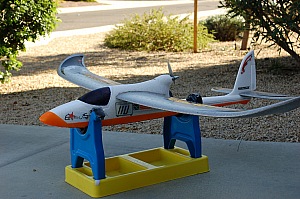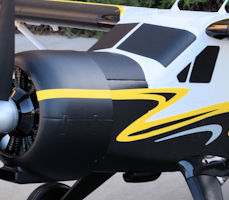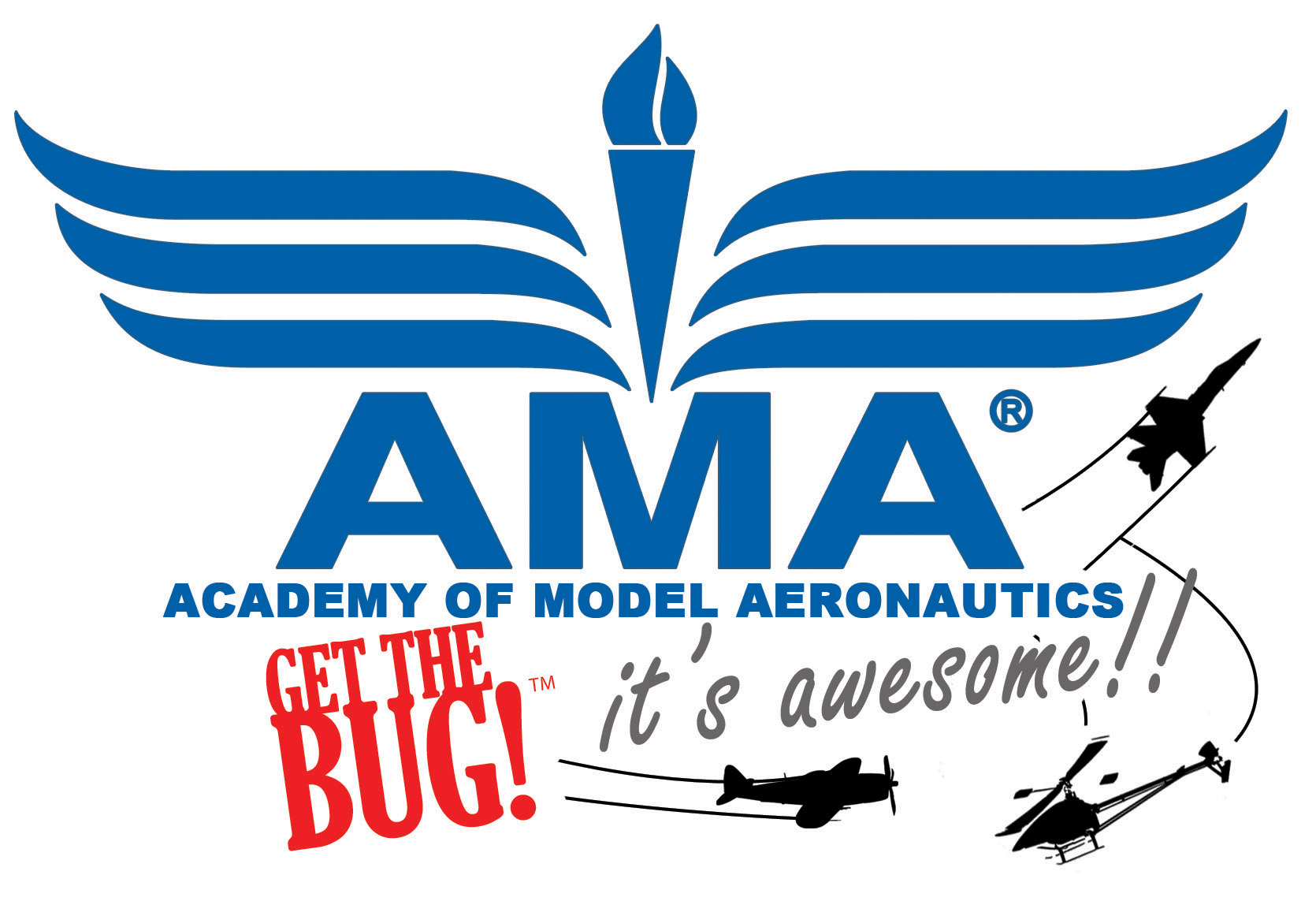
The Easy Star from Multiplex is on just about everyone’s short list of great first planes. An electric model, it comes in three forms -- kit, receiver ready and RTF (Ready to Fly).
As you’d guess, the kit version of the Easy Star contains an unassembled model, not that there is much assembly required. With the kit version, you supply the servos and other electronic components. The brushed Speed 400 motor is included. Multiplex has begun marketing many of their models in what is called the Receiver Ready package. As the name suggests, the model is complete except for your choice of receiver. You’ll need the transmitter, too. The RTF version of the model is a complete starter kit. It includes everything you’ll need to get the Easy Star flying including the model, all electronics, battery, charger and a three channel transmitter. That is the package I started with. Check out the Easy Star manual here.

Multiplex is transitioning to all Elapor foam models. You may find some of their older models are molded in more fragile Styrofoam. Elapor foam is a rugged foam that has a couple of interesting characteristics. One is that you use regular CA adhesive to put things together although you’ll find the RTF version is held together with double-stick tape. The other neat thing is that the foam can be crushed (as in a crash) and reinflated by placing the damaged area in nearly boiling water or by pouring the hot water over the collapsed area.
A three-channel model, the Easy Star is controlled with its throttle, elevator and rudder. The up-turned wings provide a stable platform that has some self-leveling characteristics. This is not the same as other models’ crash avoidance technology, however. Right out of the box using the stock motor, you can expect easy hand launches and gentle climbs. With some altitude, the airplane will loop if trading altitude for airspeed in the set-up. With the stock batteries, flights of 6 – 7 minutes are to be expected. With its glider-like wings, longer flights can be had. I got bored at about 15 minutes on a day with some thermal activity and brought her in. Here are the vital statistics:
| Wingspan |
54 inches |
| Fuselage |
36 inches |
| Weight |
24 ounces |
| Battery |
7.2v 600mAh NiMH |
I find that flying a model of this size at my club’s field is my best option. While some might call the Easy Star a park flyer, it would have to be a pretty big park unless you kept it in a constant turn. A large area also makes for a better environment for errors and the inevitable slow decisions around aircraft control common in fledgling pilots.
The tough Elapor foam and motor location makes the Easy Star quite crash-worthy. I’ve had a couple of newbie (read knuckle-headed) events. In one case I misjudged my landing approach from the far end of the runway and stalled it. The resulting crash collapsed the nose and separated the wing joint. After a “hot bath” it was good as new. On another occasion, I put it in the sun and lost orientation. After a long walk to retrieve it, a few nicks in the wing leading edge were the only damage. Again, hot water and a little packing tape and she was good to go.
Speaking of packing tape, it’s a good idea to lay down a couple of strips along the belly of the model. Since it lands without wheels, the tape takes the scraping of the landing surface. After a few landings, remove the tape and replace with new. You’re good to go.
An important test of any model is whether it is fun to fly or whether after a couple of flights, it stays in the hangar. For me, the Easy Star comes with me nearly every time I go to the field. On most days it is my warm-up plane. It is ready to go quickly and gives me some time to assess the winds and get my thumbs in working order. On other days, it is the last flight for a slow, relaxing conclusion to the day’s activities.
As my first RC airplane, I couldn’t have been happier with the choice. I was able to teach myself to fly with only a couple of flights with an experienced modeler near-by. My mishaps weren’t too serious and after several years, the Easy Star is still going strong.
The popularity of the model is clear. The message threads on the major RC discussion boards are huge. There you’ll find more than you probably want to know about the Easy Star.














